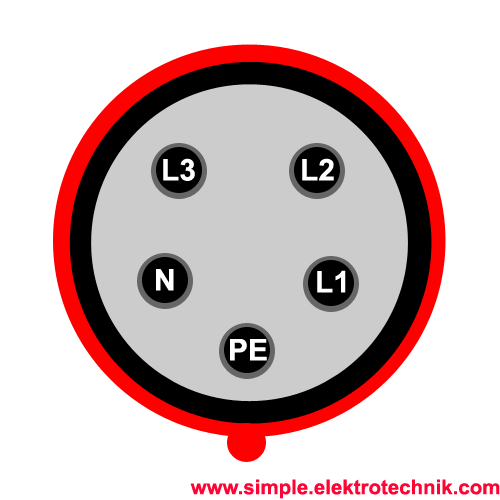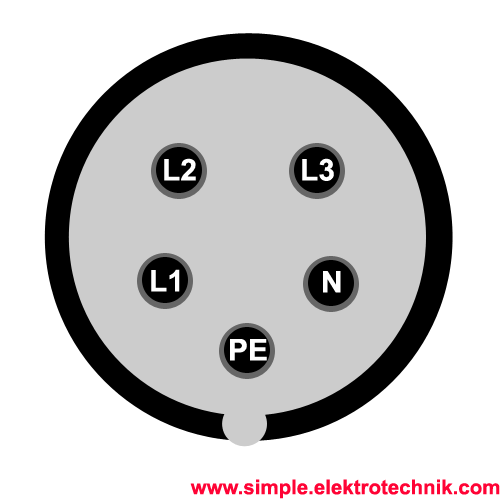Instructions for installing and connecting a CEE power socket:


Planning:
Choose a suitable location for the CEE power socket. Ensure that the area provides sufficient space and is protected from moisture.
Check the requirements and regulations for installing a CEE power socket in your country and region.
Required tools and materials:
CEE power socket (depending on your needs and requirements: 16A, 32A, 63A, etc.)
Cable (according to the recommended size and specification for the circuit)
Circuit breaker (appropriate size according to the CEE socket)
Residual Current Device (RCD) (according to regulations and safety standards)
Installation:
Before starting the work, switch off the power by turning off the corresponding circuit breaker.
Choose a suitable installation method: surface-mounted or flush-mounted. Follow the specific instructions for your chosen method.
Mount the CEE power socket according to the manufacturer's instructions. Ensure that all mounting screws are properly tightened.
Connect the cable to the CEE socket: Strip the outer insulation of the cable using a wire stripper, exposing the correct length of the copper conductor. Connect the copper conductors to the corresponding terminal clamps of the CEE socket. Use appropriate cable shoes or screw terminals to establish a secure and reliable connection.
Ensure that the cable is properly secured and does not sag or come under tension. Use cable ties if necessary to secure the cable.
Install the circuit breaker and the residual current device (RCD) according to the regulations and safety standards of your country. These protective devices ensure safe circuit protection and protect against overload and fault currents.
Check all connections to ensure they are tight and secure. Properly tighten all screw terminals without over-tightening them.
Reattach the cover of the CEE power socket and secure it according to the manufacturer's instructions.
Completion:
Switch the circuit back on and test the functionality of the CEE socket.
Use a measuring device to check the voltage at the socket and ensure it has the correct value.
Verify that the CEE socket is working properly by connecting and testing an appropriate electrical device.
CEE three-phase connectors or CEE plug devices, also known as CEE plugs, are used to connect devices to three-phase power. They are available in 16A, 32A, and 63A versions.
The terminals of CEE plug devices are designated as follows:
Protective conductor (PE)
Neutral conductor (N)
Three phase conductors (L1, L2, L3)


When connecting a CEE plug or CEE coupling, follow these steps:
Open the plug or coupling to access the terminals.
Connect the yellow-green wire to the terminal marked with the earth symbol or labeled "PE." This wire is the protective conductor and is used to dissipate current in case of a fault.
Connect the blue wire to the terminal labeled "N." This wire is the neutral conductor and is used to return the current.
The wires in the colors black, brown, and black again are connected to the terminals labeled "L1," "L2," and "L3," respectively. These wires are the phase conductors and carry the actual current.
In the CEE plug, the thicker pin is the PE (protective conductor). Typically, following counterclockwise are L1, L2, L3, and N (neutral conductor).
In the CEE coupling, the thicker hole is intended for the PE (protective conductor). Clockwise, following are L1, L2, L3, and N (neutral conductor).
When connecting, ensure that all cables are firmly and securely attached to the respective terminals. Carefully inspect the connections to ensure reliable and safe power transmission.
Please note that this information provides a general overview, and it is important to follow the specific regulations and instructions of your country and local electrical installation. If you have any doubts or feel unsure, I recommend consulting a qualified electrician to perform the connection. Your safety is paramount.